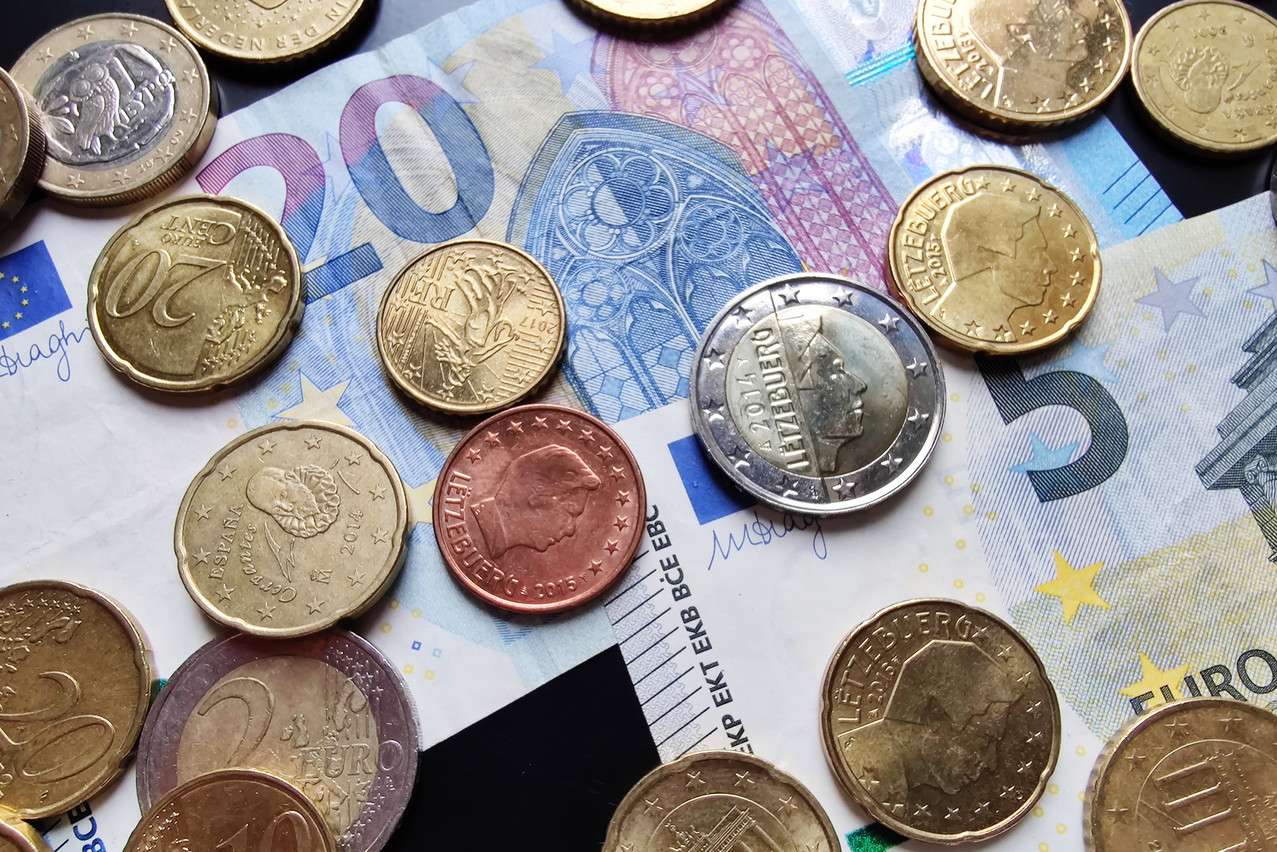The set out in the Solidaritéitspak 2.0 aimed at curbing inflation and supporting purchasing power. In practice, however, the results leave much to be desired, according to a Statec study published on 27 June.
The measure helped to reduce inflation by just 0.18 percentage points, including energy products, the analysis shows. Excluding energy products, the rise in prices slowed by 0.11 percentage points.
Supermarkets perform well
The reduced VAT has had the least impact in hairdressing salons, beauty salons and the hotel and catering trade, says Statec. There was no impact on communications prices in the first quarter of the year. Among the best performers were supermarkets (60% of the products affected by the measure saw their prices fall), ahead of motor vehicles and retail and specialist shops.
Read also
Companies are unwilling to lower their prices in the current inflationary climate, Statec says about the lack of impact of the VAT reduction. In addition, the minimum social wage was , while in February wages resulting in higher payroll.
Adjusting prices entails implementation costs that can be significant for small retailers. Certain prices are not very conducive to change, given their strong psychological importance for consumers--those ending with a zero or a nine.
Half of products affected by the measure
Although the VAT rate fell by one percentage point on 1 January, this only affects the standard rate (from 17% to 16%), the intermediate rate (from 14% to 13%) and the reduced rate (from 8% to 7%). The ultra-reduced rate of 3% currently in force for foodstuffs, books and municipal taxes has been maintained, while rents are not subject to VAT.
As a result, only 50% of the products making up the NICP (National Consumer Price Index) are impacted.
In January, Statec estimates that 34% of non-energy products affected by the VAT reduction had unchanged prices. 17% had higher prices, and almost half had lower prices. However, these figures need to be looked at more closely, as the first month of the year is also marked by the , which are a good time to cut prices.
The first quarter shows that the VAT reduction held back inflation by 0.2 percentage points. If all businesses had passed on the cut in full, the impact would have doubled (to 0.4 percentage points), but would still have been nowhere near the expected percentage.
It should be noted that this reduction in VAT is temporary and that the rates should return to their initial level on 1 January 2024.
This story was first published in French on . It has been translated and edited for Delano.
